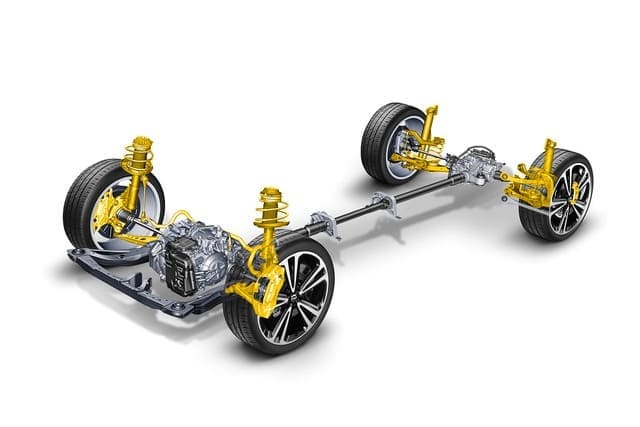The car’s suspension is an integral part of its chassis, encompassing all the crucial systems located beneath the vehicle’s body. These systems include:
- The Frame: This structural, load-bearing component supports the car’s engine and body, both of which rely on the suspension for support.
- The Suspension System: This setup plays a vital role in supporting the vehicle’s weight, absorbing and dampening shocks, and ensuring consistent tire contact with the road.
- The Steering System: This mechanism enables the driver to guide and direct the vehicle.
- The Tires and Wheels: These components facilitate vehicle motion by providing grip and friction with the road surface.
In essence, the suspension is just one of the major systems within any vehicle. Suspension components typically include springs, dampers, and anti-sway bars. It’s essential to understand these parts, ranging from leaf springs to torsion bars, as well as the concept of sprung and unsprung mass. With this comprehensive overview in mind, let’s delve into the three fundamental aspects of vehicle suspension.

